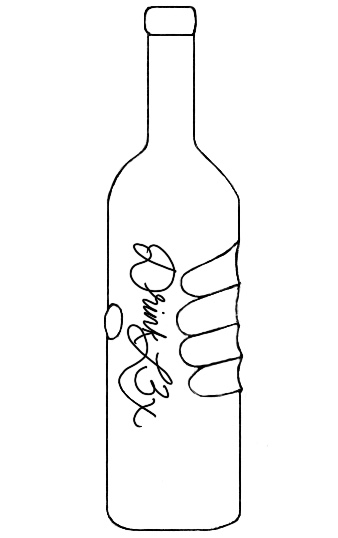
Introduction: The Rise of Mocktails in 2025
The culinary world is evolving, and we must evolve with it. Five years ago, a global pandemic changed everything, from how we think to how we live and operate in this ever-evolving world. One change I didn’t see coming ten years ago was the rise of the mocktail.
In recent years, mocktails have transitioned from an afterthought to a cornerstone of restaurant menus. Driven by shifting consumer preferences and cultural trends, innovative non-alcoholic beverages redefine social dining. Let’s explore the multifaceted benefits of a robust mocktail program, positioning it as a critical strategy for forward-thinking restaurants, hotels, bars, clubs, and more.
1. Catering to Health-Conscious Consumers
The global wellness boom intensified after the world experienced its first pandemic. Since then, consumers have prioritized physical and mental health. Mocktails offer a guilt-free alternative to alcohol, appealing to those mindful of calories, sugar, or liver health. Ingredients like adaptogens, CBD, and antioxidant-rich superfoods are trending, transforming mocktails into functional elixirs. For example, a turmeric-ginger mocktail with ashwagandha delights the palate and supports stress reduction—a selling point for health-focused diners.
2. Inclusivity and Expanding Customer Base
A comprehensive mocktail program ensures no guest feels excluded. From sober individuals and pregnant patrons to designated drivers, diverse groups seek sophisticated alternatives to sugary sodas. By offering crafted options like a Lemon-Cran Spritzer or a Tamarindo Limonada, restaurants foster inclusivity, attract larger groups, and enhance customer loyalty.
3. Creativity and Culinary Innovation
Mocktails are a canvas for creativity. In 2025, bartenders will experiment with techniques like fat-washing (using coconut oil for richness) or molecular gastronomy (spherified juices). Local, seasonal ingredients—think blood orange in winter or hibiscus in summer—elevate authenticity. Restaurants like Hekate Café and Elixir Lounge in New York City have gained acclaim for mocktails featuring house-made shrubs and fermented tonics, proving that innovation drives reputation.
4. Boosting Profit Margins
It’s true that selling alcohol typically yields the highest profit; however, high-margin mocktails can be revenue powerhouses. A $12 elderflower-lavender spritz with minimal ingredient costs can yield 80% profit.
Upselling paired mocktail-tasting menus with dishes further enhances revenue. Additionally, alcohol-free options extend dining occasions, encouraging lunchtime or family visits where alcohol isn’t the focus.
5. Sustainability and Local Sourcing
Eco-conscious consumers demand transparency. Restaurants leveraging local farms for ingredients reduce carbon footprints and support communities. Zero-waste mocktails, utilizing peels and pulp in syrups or garnishes, align with circular economy trends. For instance, Michelin-starred popup Phenakite leaned into a zero-waste kitchen by using almost every part of an ingredient in a dish or event-specific signature scrub that resonated with environmentally savvy patrons.
6. Capitalizing on Cultural Shifts
The sober-curious movement and Gen Z’s declining alcohol consumption are reshaping dining norms. A 2024 Nielsen report predicts the non-alcoholic sector will grow 25% annually through 2025. Restaurants tapping into this via partnerships with premium brands like Ritual or Seedlip can attract trend-conscious crowds. Meanwhile, tech integrations—like AR menus showcasing mocktail origins—enhance engagement.
7. Enhancing Social Media Appeal
Visually striking mocktails dominate Instagram and TikTok. Vibrant layers, edible flowers, or dry ice effects create shareable moments. A viral “Unicorn Sunrise” mocktail could drive foot traffic, while DIY mocktail kits for delivery cater to home enthusiasts. Social media campaigns around “Mocktail Mondays” or influencer collaborations amplify reach.
Future-Proofing the Restaurant Industry
In 2025, a dynamic mocktail program isn’t optional—it’s essential. By embracing health trends, inclusivity, and innovation, restaurants can capture new markets, boost profits, and stay culturally relevant. As the line between bar and culinary artistry blurs, those who invest in mocktails will lead the industry, proving that great flavors need no alcohol to shine.
The mocktail movement is more than a trend; it reflects evolving consumer values. Hospitality businesses that adapt now will not only thrive in 2025 but also set the standard for the future of dining. Cheers to that—no alcohol is required.
